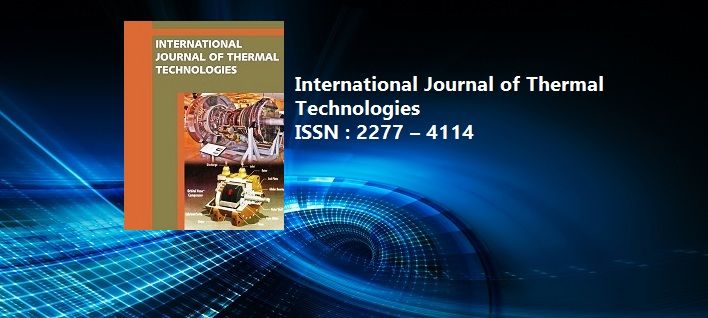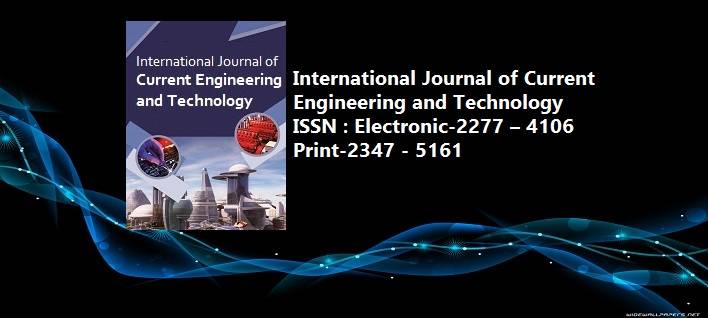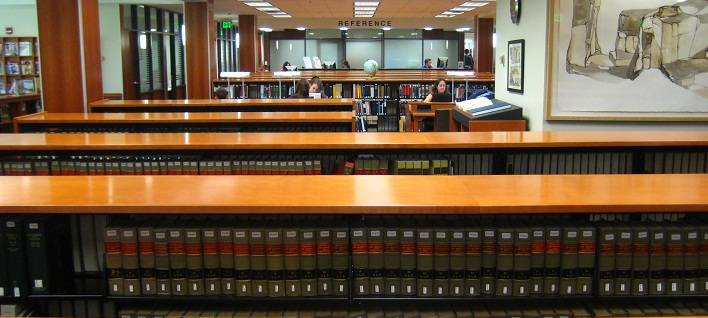Performance Evaluation of a Ceramic Coated with Air Insulated Four Stroke Diesel Engine
Pages : 1858-1862
Download PDF
Abstract
The petroleum crisis of recent years has stimulated a worldwide search for alternate fuels and also emphasized the need for using petroleum fuels with utmost economy. Extensive research is going on in the area of improvement of the engine thermal efficiency. Even the most efficient diesel engine rejects two-thirds of the heat energy of the fuel, one-third to the coolant, and another one–third to the exhaust, converting only about one-third into useful work. By reducing the lost energy and eliminating the need for a conventional cooling system, this engine system will dramatically improve overall performance. One of the methods adopted to achieve this is by going for an adiabatic engine. In an adiabatic engine, the energy loss is avoided by applying a layer of insulating material over the walls of the combustion chamber and by providing air gap insulation. For mainly improving performance of an engine, thermally insulated components may be used. They not only reduce in-cylinder heat transfer but improve thermal efficiency.. Some studies show an improvement in fuel economy while the most of which predicted worse fuel consumption using insulation. Therefore, little progress has been made in explaining the conflicting results and in determining the physical explanation behind the experimented data. At present the concept of low heat rejection engine (LHR) is being attempted by many researchers in India and abroad with a view to develop an efficient one by solving common problems associated with such engines. Initially modifications are carried out by employing PSZ coated cylinder head, valves and air-gap liner on the engine. Then different levels of insulation are applied by changing different pistons. During experimentation four different levels of insulations are tried on the test engine with an objective to find the best one in terms of performance, emissions and other combustion parameters. In all these LHR configurations Diesel is used to find out performance, emissions and combustion characteristics. Out of all LHR configurations tested, one of them (Brass Crown Aluminium Piston with Air gap, an Air gap liner and PSZ coated head and valves) is found to be best in terms of brake thermal efficiency and emissions. All the above investigations are fruitful and these results are expected to lead to a substantial contribution to the development of a Limited cooled engine.
Keywords: Low heat rejection, PSZ.
Article published in International Journal of Current Engineering and Technology, Vol.3,No.5(Dec- 2013)



















 MECHPGCON, MIT College of Engineering, Pune, India
MECHPGCON, MIT College of Engineering, Pune, India AMET, MIT College of Engineering, Pune, India
AMET, MIT College of Engineering, Pune, India International Conference on Advances in Mechanical Sciences
International Conference on Advances in Mechanical Sciences  International Symposium on Engineering and Technology
International Symposium on Engineering and Technology International Conference on Women in Science and Engineering
International Conference on Women in Science and Engineering




